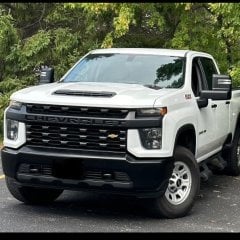When DTC P0777 exists for a 6L80 - especially after a refurb or upgrade
-
Similar Content
-
- 2 replies
- 4,177 views
-
- 0 replies
- 494 views
-
- 3 replies
- 1,063 views
-
- 2 replies
- 1,022 views
-
- 0 replies
- 626 views
-
-
Recently Browsing 0 members
- No registered users viewing this page.
-
Forum Statistics
247.7k
Total Topics2.6m
Total Posts -
Member Statistics
-
Who's Online 8 Members, 1 Anonymous, 1,493 Guests (See full list)


















Recommended Posts
Join the conversation
You can post now and register later. If you have an account, sign in now to post with your account.